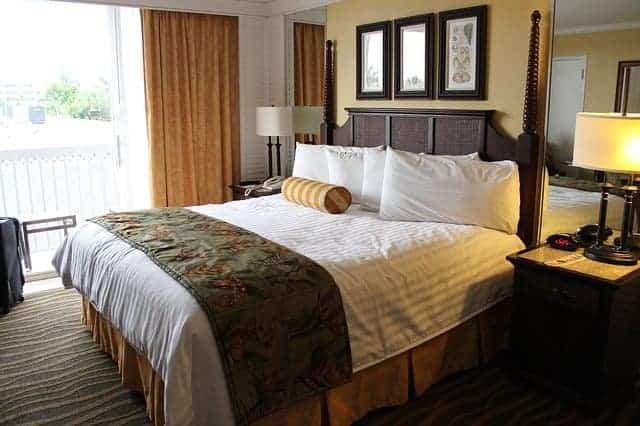The last time a Fool contributor discussed American Hotel Income Properties REIT LP (“AHIP”) (TSX:HOT.UN) was in June 2017, when Brian Paradza suggested investors boost their income with the company’s 8.6% yield.
Paradza made some excellent arguments as to why investors should take a closer look at the owner of reasonably-priced U.S. hotels. I’ll discuss his most intriguing argument shortly. However, investors didn’t bite; the company’s stock has dropped 5.2% in the six months since and is now yielding over 9%.
Frankly, I had never heard of the company. I only happened to read in The Globe and Mail that CEO Robert O’Neill had bought 20,000 units on December 15 at an average price of $9.30. On December 11, the CEO made an even bigger purchase, buying 164,000 units at an average price of $9.13 for a total investment of $1.7 million in one week.
Whenever an insider is buying to that extent, I’m going to take a closer look.
Ride the rails
It turns out that the owner of 115 hotels in 33 states and 92 U.S. cities has two businesses: the first being 67 branded hotels (Marriott, Hilton, InterContinental) offering travellers a total of 7,684 rooms. The second business is 48 Oak Tree Inn hotels, the company’s proprietary brand that it uses to lodge railroad employees and other mobile workers in 4,024 hotels.
Approximately 73% of the rail portfolio’s revenues are guaranteed under long-term contracts, so while the rail business doesn’t deliver nearly as much revenue or profits, it is still money in the bank. The average contract has four years remaining, and offers inflation-adjusted room rate escalators to ensure cash flow continues to grow. That’s more money in the bank.
On November 1, the company entered into a 15-year brand licensing agreement with Wyndham Worldwide Corporation (NYSE:WYN) that will see a majority of its rail hotels converted from the Oak Tree Inn brand to four of Wyndham’s banners: Baymont Inn & Suites, Travelodge Canada, Super 8 and Days Inn.
In the hotel business, even when it’s just railroad staff bunking down overnight, brand recognition is critical. Nobody wants to stay at Bob’s Rail Hotel or something equally unappealing.
AHIP is spending US$4 million to rebrand the rail hotels in the belief that the Wyndham tie-up is transformational; I tend to agree.
Branded hotels deliver the goods
My wife travels a fair bit on business and she often stays in Marriott International, Inc. brands like Courtyard by Marriott and Residence Inn. Usually, they’re reasonably clean and provide a decent night’s rest.
For AHIP, these hotels deliver 81% of the company’s net operating income; they’re the backbone of its business. In the last 12 months, the company has practically doubled the number of branded hotels from 35 in Q3 2016 to 67 in Q3 2017. More important, the additional hotels have added have more rooms, which means greater revenue.
The company figures that it can exploit the secondary U.S. markets (outside the top 25 cities), where there are 3.4 million guest rooms and more than double those in the primary markets. Less competition for assets means that the company will be able to continue to grow the number of branded hotels in its portfolio without paying too much for those assets.
Bottom line on HOT stock
Five years ago the company’s payout ratio was 115%; today, it’s 76% or one-third lower, making the 9% dividend yield safer than it’s ever been.
HOT went public in 2013 at $10 a share. Today, it’s trading for less than that despite the fact that its revenues and profits are significantly higher. Yes, it probably has some work to do in terms of improving its margins, but with the dividend yield at 9% annually, you can afford to wait for it to deliver.
In the meantime, I’m glad the company’s CEO bought a bunch of its shares this past week or I might never have discovered this stock.
I’m glad I did.








